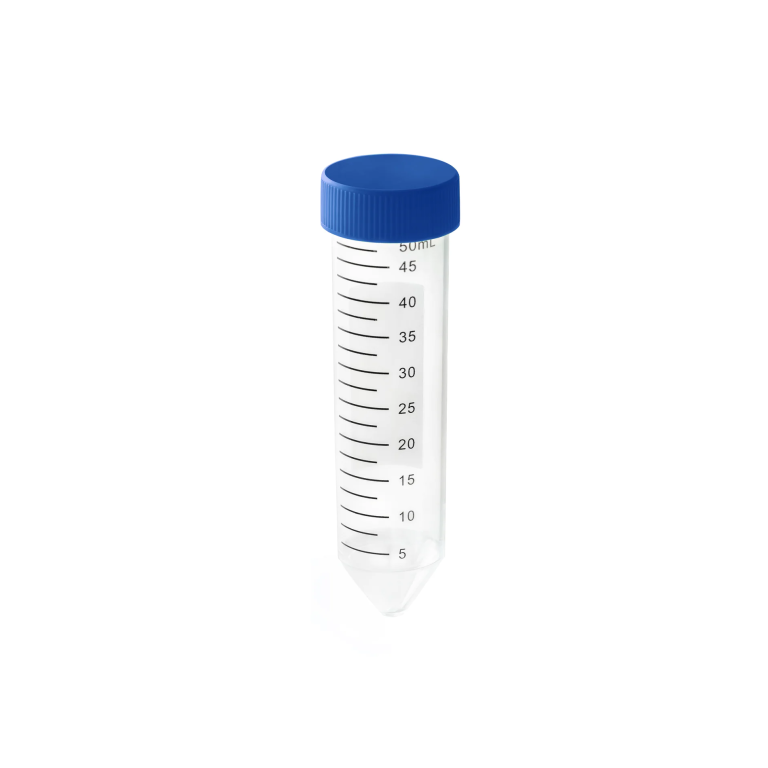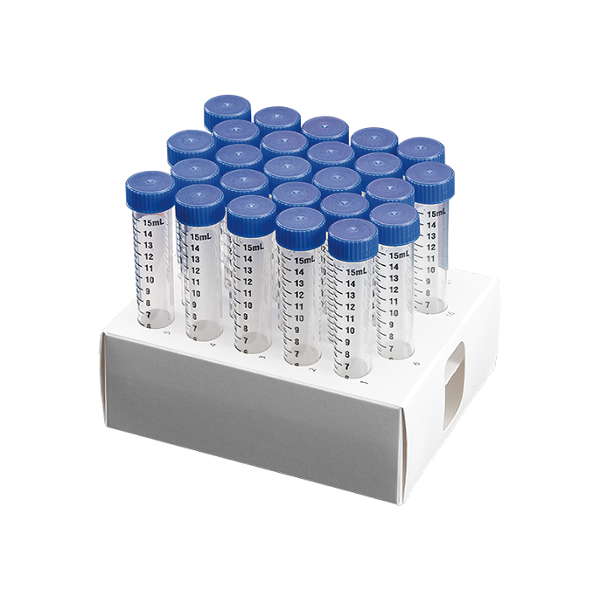Maintaining and cleaning robotic tips is essential to ensure their optimal performance, longevity, and accuracy in automated systems. The procedures for maintenance and cleaning depend on the type of robotic tip and its application. Here are general guidelines for maintaining and cleaning different types of robotic tips:
### General Maintenance Guidelines
1. **Regular Inspection**
– **Visual Checks:** Regularly inspect tips for signs of wear, damage, or contamination. Look for cracks, chips, or deformation.
– **Functionality Tests:** Ensure tips are functioning correctly by performing routine tests to verify their performance.
2. **Proper Handling**
– **Avoid Dropping:** Handle tips carefully to prevent damage. Dropping or mishandling can lead to deformation or loss of precision.
– **Use Appropriate Tools:** Use recommended tools and equipment for installing or removing tips to avoid damaging them.
3. **Follow Manufacturer’s Guidelines**
– **Refer to Manuals:** Always follow the manufacturer’s maintenance recommendations and guidelines for specific tips.
– **Replacement Schedule:** Adhere to suggested replacement schedules to prevent performance issues.
4. **Lubrication**
– **Apply Lubricant:** For tips that involve moving parts, use the appropriate lubricant as recommended by the manufacturer to reduce friction and wear.
### Cleaning Robotic Tips
1. **Pipette Tips**
– **Single-Use Tips:** Generally, single-use pipette tips are discarded after use. Ensure proper disposal following lab safety protocols.
– **Reusable Tips:** For reusable pipette tips, clean them according to manufacturer instructions. Typically, use mild detergents and water, and rinse thoroughly.
– **Autoclaving:** Some pipette tips can be autoclaved to ensure sterility. Follow specific autoclaving procedures provided by the manufacturer.
2. **Gripper Tips**
– **Soft Gripper Tips:** Clean soft gripper tips with mild detergent and water. Avoid harsh chemicals that can degrade the material. Dry thoroughly before use.
– **Hard Gripper Tips:** Clean with a suitable solvent or detergent, depending on the material and the contaminants. Use brushes or wipes to remove debris, and ensure the tips are fully dried.
3. **Surgical Tips**
– **Sterilization:** Surgical tips must be sterilized before use. Methods include autoclaving, chemical sterilization, or using high-temperature ovens, depending on the material and manufacturer guidelines.
– **Cleaning Agents:** Use approved cleaning agents to remove biological residues. Ensure thorough rinsing to avoid any chemical residues.
4. **Dispensing Tips**
– **Material Compatibility:** Use cleaning solutions compatible with the dispensing materials (e.g., solvents for adhesives). Follow manufacturer guidelines for cleaning agents and methods.
– **Nozzle Cleaning:** Regularly clean dispensing nozzles to prevent clogging. Use appropriate tools or brushes to remove any residues.
5. **Cutting and Welding Tips**
– **Debris Removal:** Remove any debris or residue from cutting or welding tips using appropriate brushes or cleaning solutions.
– **Inspection:** Check for damage or wear that may affect performance and replace tips if necessary.
6. **Sampling Tips**
– **Avoid Cross-Contamination:** Ensure tips are cleaned thoroughly between uses to avoid cross-contamination. Use sterilization methods if required by the application.
– **Specialized Cleaners:** Use cleaners that are compatible with the samples collected to avoid chemical reactions.
7. **Measurement Tips**
– **Avoid Scratches:** Clean measurement tips with non-abrasive materials to prevent scratches that could affect accuracy.
– **Calibration Checks:** Regularly check and recalibrate measurement tips as part of the maintenance routine.
### Cleaning Procedures
1. **Manual Cleaning**
– **Rinse:** Rinse tips with water or a suitable solvent to remove loose debris.
– **Wash:** Use a brush or cloth with mild detergent to scrub the tips, ensuring all contaminants are removed.
– **Rinse Again:** Rinse thoroughly to remove any detergent residues.
– **Dry:** Allow tips to air dry or use a clean, dry cloth to remove moisture.
2. **Automated Cleaning**
– **Cleaning Stations:** Use automated cleaning stations if available, which can provide consistent and thorough cleaning for multiple tips.
– **Ultrasonic Cleaners:** For more thorough cleaning, especially of small or intricate tips, ultrasonic cleaners can effectively remove contaminants.
3. **Sterilization**
– **Autoclaving:** Use autoclaves for high-temperature sterilization, following manufacturer guidelines for temperature and duration.
– **Chemical Sterilants:** For tips that cannot be autoclaved, use chemical sterilants according to the manufacturer’s recommendations.
4. **Inspection After Cleaning**
– **Verify Cleanliness:** After cleaning, inspect tips to ensure they are free from contaminants or residues.
– **Check Functionality:** Test the cleaned tips to ensure they are functioning properly and accurately.
Summary
| Tip Type | Cleaning Method | Maintenance Tips |
| **Pipette Tips** | Rinse, wash with detergent, autoclave if reusable | Inspect for wear, follow replacement schedule |
| **Gripper Tips** | Wash with mild detergent, avoid harsh chemicals | Handle carefully, lubricate moving parts |
| **Surgical Tips** | Sterilize using autoclave or chemicals, rinse thoroughly | Follow sterilization protocols, inspect for damage |
| **Dispensing Tips** | Clean with solvents, ensure thorough drying | Inspect for clogging, replace if damaged |
| **Cutting/Welding Tips** | Remove debris, use appropriate cleaning solutions | Check for wear, replace as needed |
| **Sampling Tips** | Clean thoroughly to avoid contamination, use sterilizers | | Ensure no cross-contamination |
| **Measurement Tips** | Clean with non-abrasive materials, calibrate regularly | Inspect for accuracy, recalibrate as needed |
Proper maintenance and cleaning are crucial for maintaining the performance and reliability of robotic tips, ultimately contributing to the efficiency and precision of automated systems.


